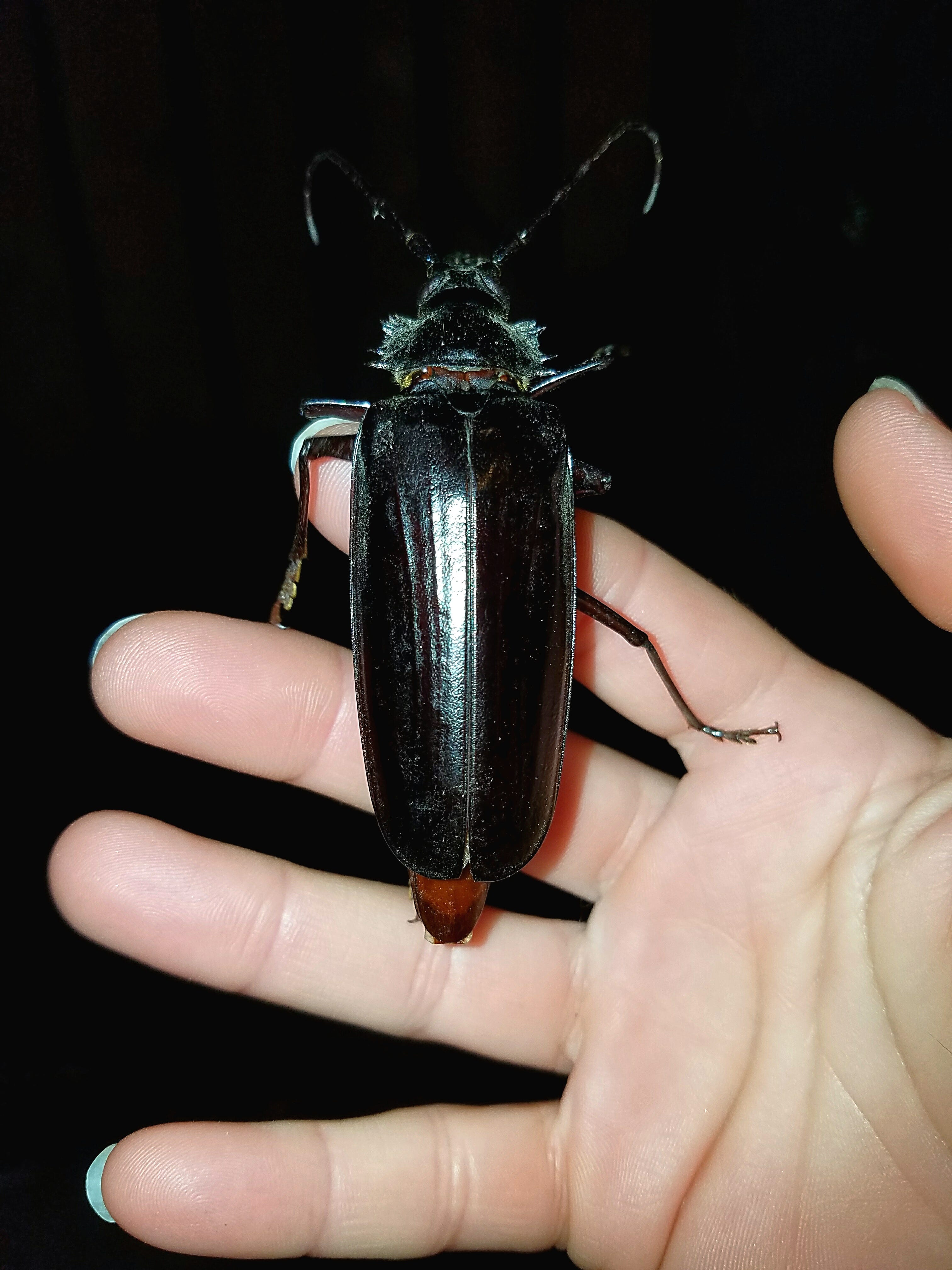
Giant flying beetles swarm Arizona in search of love Reno news NewsLocker
Green lacewings are delicate insects with a wingspan of 6 to over 65 mm, though the largest forms are tropical. They are characterized by a wide costal field in their wing venation, which includes the cross-veins. The bodies are usually bright green to greenish-brown, and the compound eyes are conspicuously golden in many species.

Free Images animal, green, close, fauna, grille, invertebrate, hop, mantis,
Blue Ants Have you ever seen a really, really big ant? Have you ever spotted a blue one? Or one that sticks its bum in the air when it walks? It is most likely a Blue Ant. The Blue Ant grows up to 2.5 cm long but there is a secret to its massive growth. it's actually a wasp. They live in Tasmania, New South Wales, South Australia and Victoria.

This is Mecynorrhina torquata, one of the largest flower beetles in the world Bugs and insects
1. Termites Winged termite Termites are some of the most damaging bugs with clear wings through impact on structural wood. Only a few types of termites can fly. The entire relationship of termites with wings is different from other species. Flying termites only fly while mating, typically in groups.
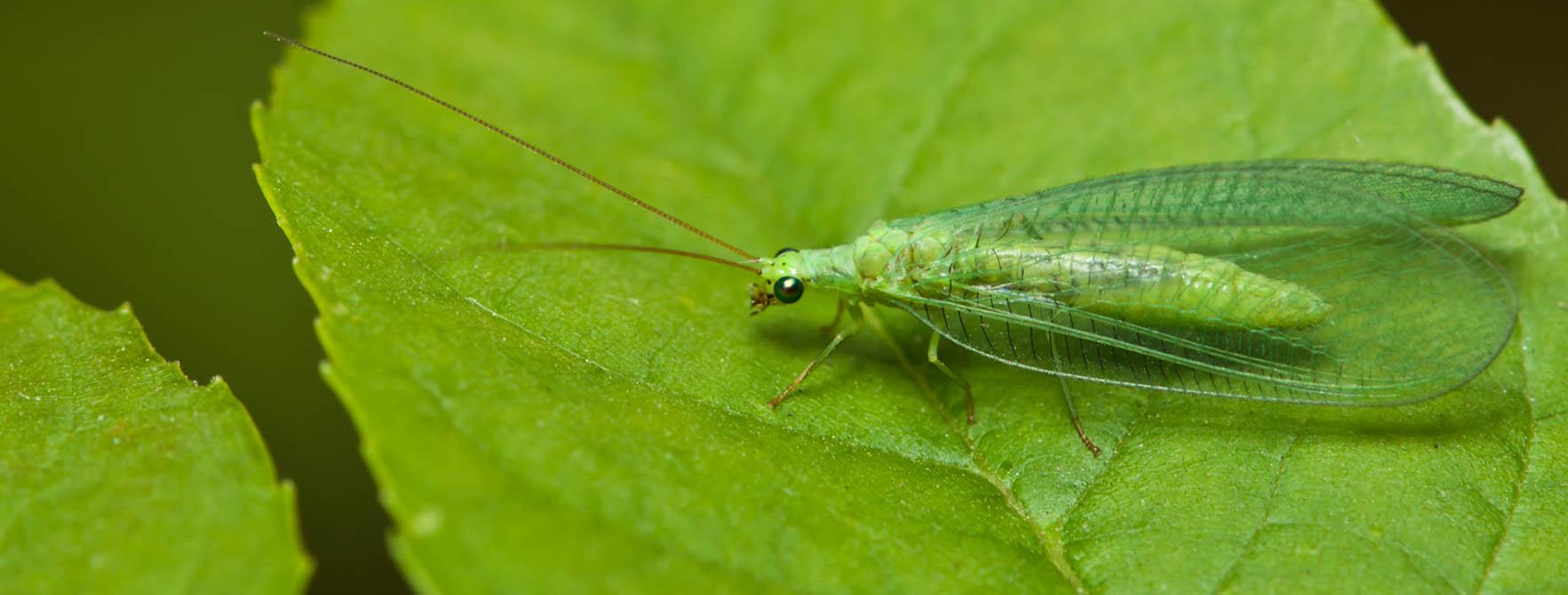
Small Green Flying Bugs Lacewing Fly Facts Clear Wings
Green insects that are called bugs include the green stink bug ( Chinavia hilaris ), aphids ( Aphidoidea ), and the Australian greengrocer ( Cyclochila australasiae ). Generally, true bugs consume food by piercing and sucking plant juices.
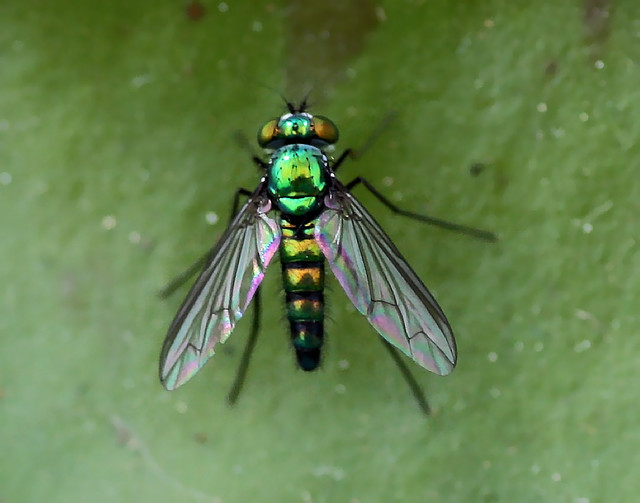
Green Flying Insect This is a Long Legged Fly sitting on a… Flickr
The Common Green Planthopper is a bright green triangular-shaped bug with reddish eyes. The wings are held over the body like a roof. The wings have a veined pattern a paler green spots between the vein intersections. The wings have a border of reddish brown dots. They can jump when disturbed giving them the common name of leafhoppers. Size. 15mm.

Real Framed Green Flying Rainbow Jewell Beetle 2190F Etsy Insects, Beautiful bugs, Beetle wings
Beetles belong to the order Coleptera, which means 'sheath wings'. Like almost all insects, beetles have 3 body parts: a head, thorax and ; abdomen; They have 3 pairs of legs and 2 pairs of wings. Beetles' forewings are hardened into sheath like protective coverings called elytra that protect their delicate hindwings.

Free Images grass, leaf, flower, botany, flora, fauna, invertebrate, wings, tiny, detail, bugs
The Green Lacewing is one of the most common native lacewings in Australia and can be found in most states and territories in spring and summer. October is a great time to start noticing the little creatures working away in your garden. Fast facts: Green Lacewings frequently lay their eggs in a U-shape on the underside of a leaf.
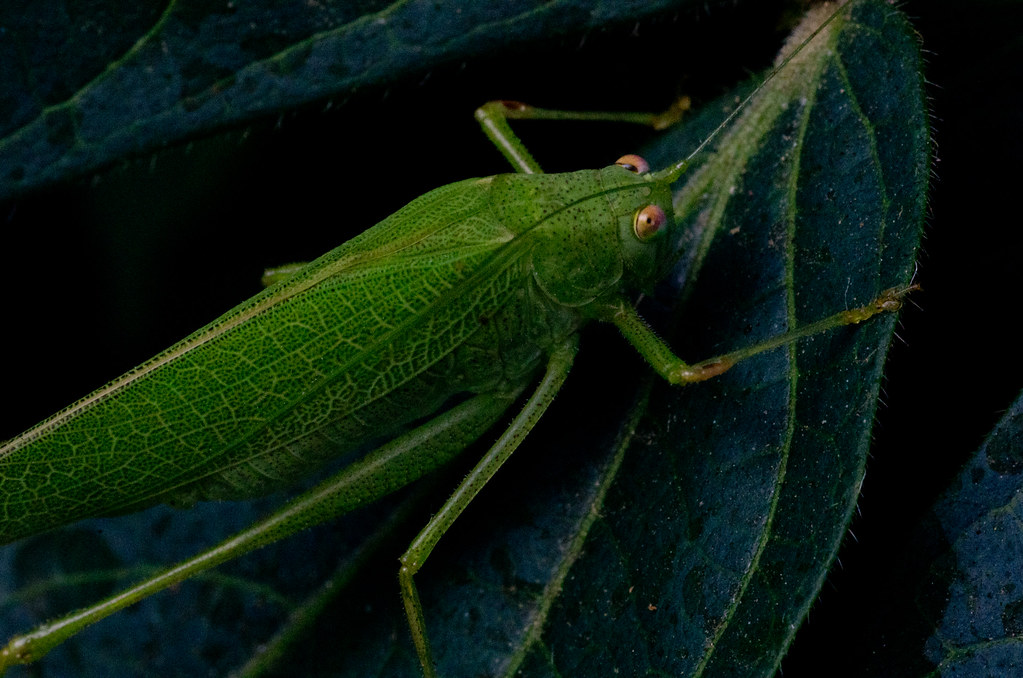
large green flying insect ; Katydid in California 9742 Flickr
The Common Green Planthopper is a bright green triangular-shaped bug with reddish eyes. The wings are held over the body like a roof. The wings have a veined pattern a paler green spots between the vein intersections.. These bugs are orange-red with black wings, black legs and black antennae. The eyes are prominent. Males and females are.
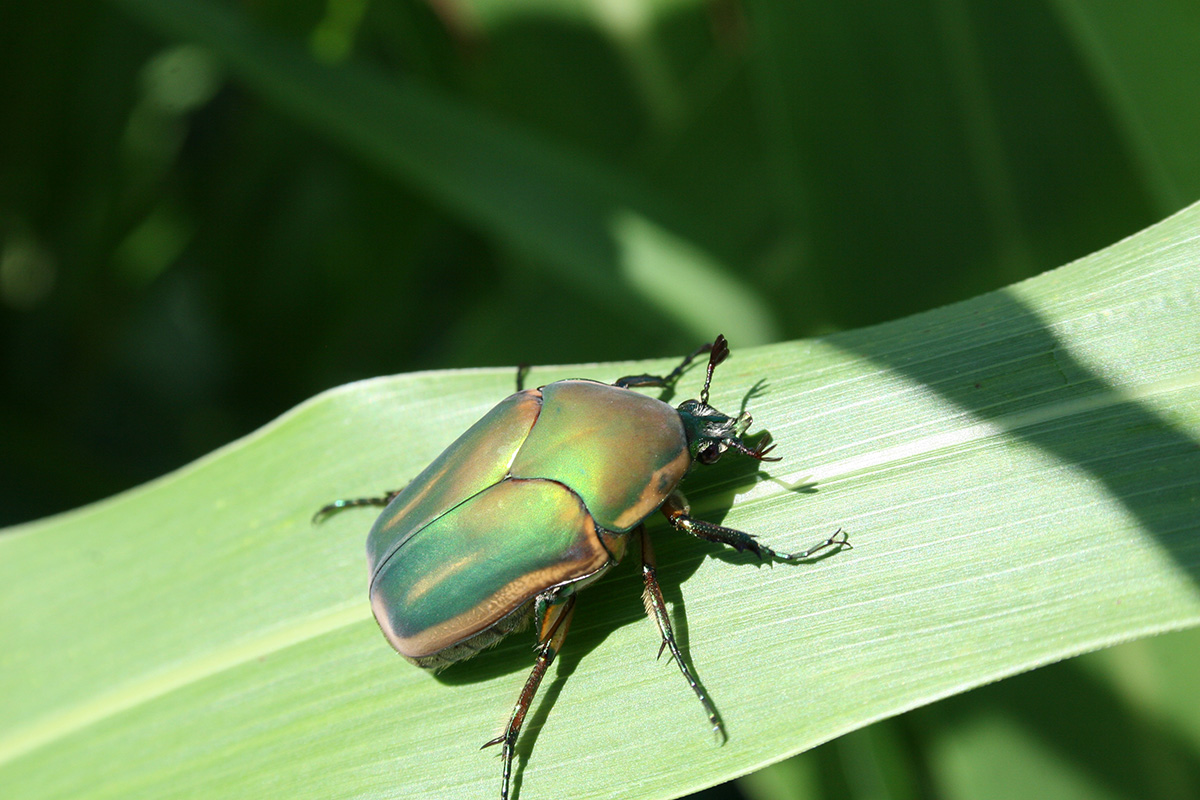
Green June Beetles OutandAbout Extension Entomology
Adult green lacewings are small, soft-bodied insects that are light green in color. As an adult insect, this beneficial predator has antennae, big eyes, six legs and see-through wings. It resembles a dragonfly and is often mistaken for one. Green lacewing larvae are what farmers and gardeners really love.
Small green flying insect, six legs, Baltimore MD whatsthisbug
Two species of green shield bug occur in Britain. The green shield bug is native to Britain, and of widespread occurrence. The southern green shield bug is an arrival from mainland Europe that became established in England in 2003.

Green Bug Beetle · Free photo on Pixabay
1. Green Lacewings Green Lacewings (family Chrysopidae) are a common species of green bugs in North America. They might grow to a wingspan of up to 60mm. Green Lacewings While North American Green Lacewings aren't as large as tropical Green Lacewings, they can still appear larger than other bugs. A green base body color is specific to these bugs.
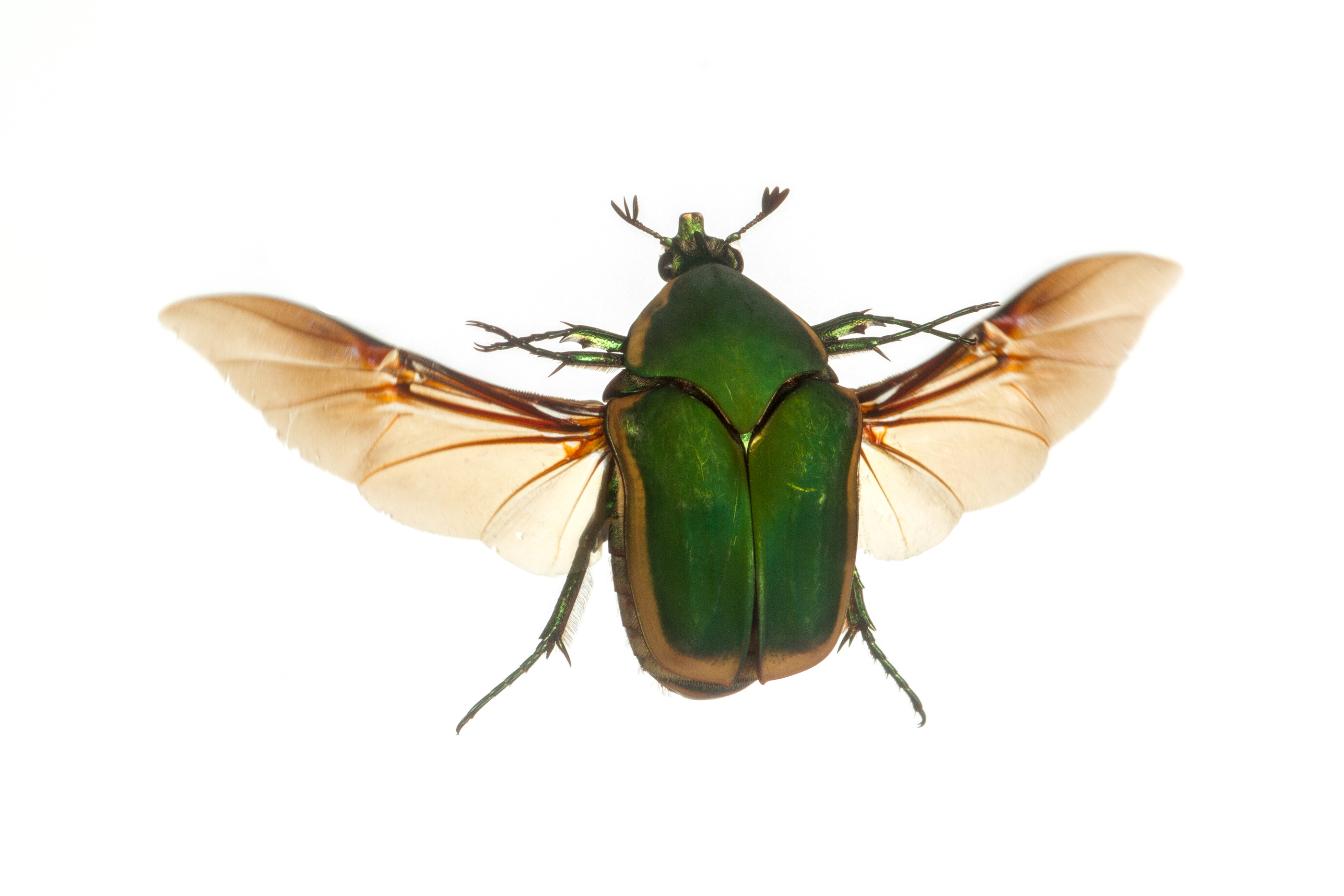
Race Roaches, Spit Crickets, Eat Insects at Bama Bug Fest University of Alabama News
Length: 1-1.5cm Conservation status Common. When to see April to October About There are 14 species of green lacewing in the UK and 29 species of brown lacewing. Probably the most familiar is the Common green lacewing, which is lime green, with large, delicately veined, translucent wings.
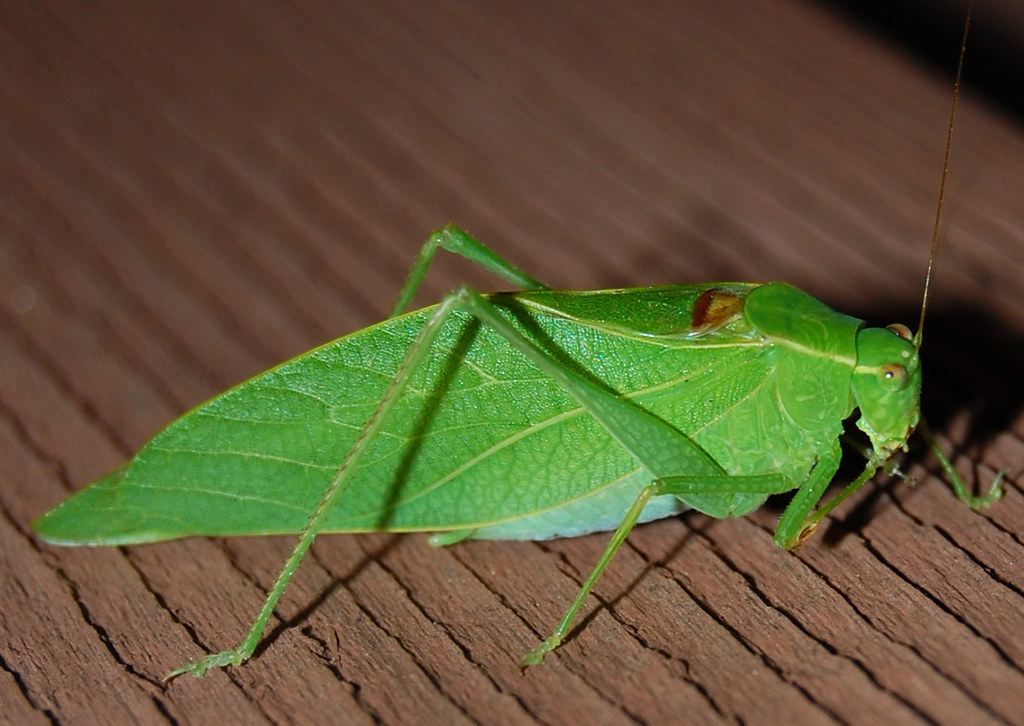
Big Green Bug 02 Rodger Coleman Flickr
What is the bug's shape? Some destructive green bugs have a shield-like body, others are oval, and some green bugs look like leaves. The most common green bugs on plants are aphids. Aphids are identified as tiny green oval bugs crawling under leaves. Aphids can also develop wings and can be identified as small green flying bugs.

Free Images nature, wing, leaf, green, insect, fauna, invertebrate, close up, animals, macro
Green Lacewings are widespread across North America. They are small and look very delicate thanks to transparent wings covered in fine green veins. They emit a foul smelling secretion when threatened. They are nocturnal as adults and can be found visiting gardens, flower beds, parks, meadows, farms, and fields at dusk.

Free Images nature, grass, wild, green, bug, fauna, invertebrate, close up,
As the name suggests, these grasshoppers bear an uncanny resemblance to leaves, both in shape and color. These green bugs that look like leaves sport intricate vein-like patterns on their wings and body, perfectly replicating the look of a living or even a decaying leaf. 6. Leaf Insect

Free Images nature, wing, leaf, flower, wildlife, green, insect, macro, bug, botany, moth
1. Praying Mantis (Mantodea) The Praying Mantis is a fascinating and dangerous bug that is possibly one of the most recognizable green creatures on the earth. There are many different kinds of mantises, but the Prayer Mantis is well recognized for having its front legs in a "praying" stance.